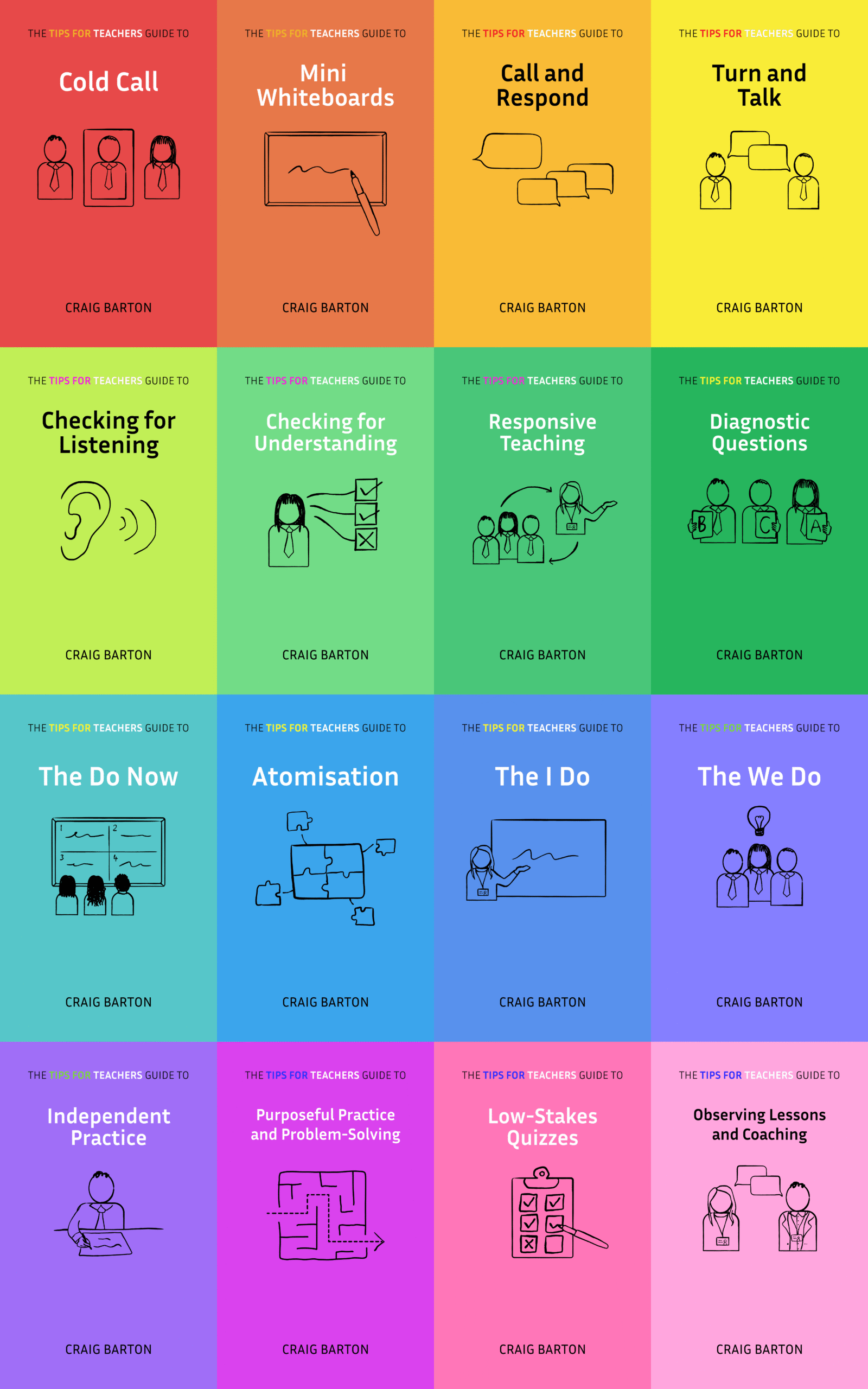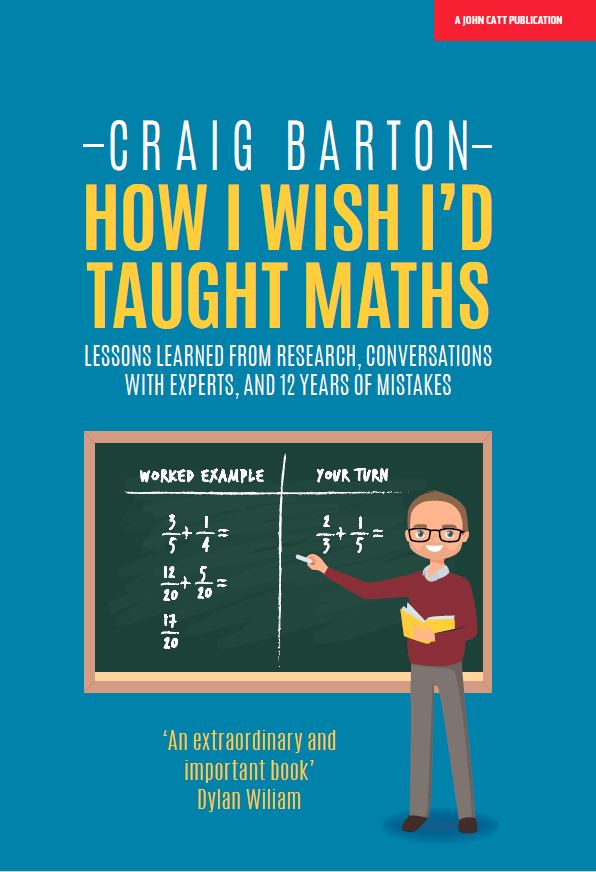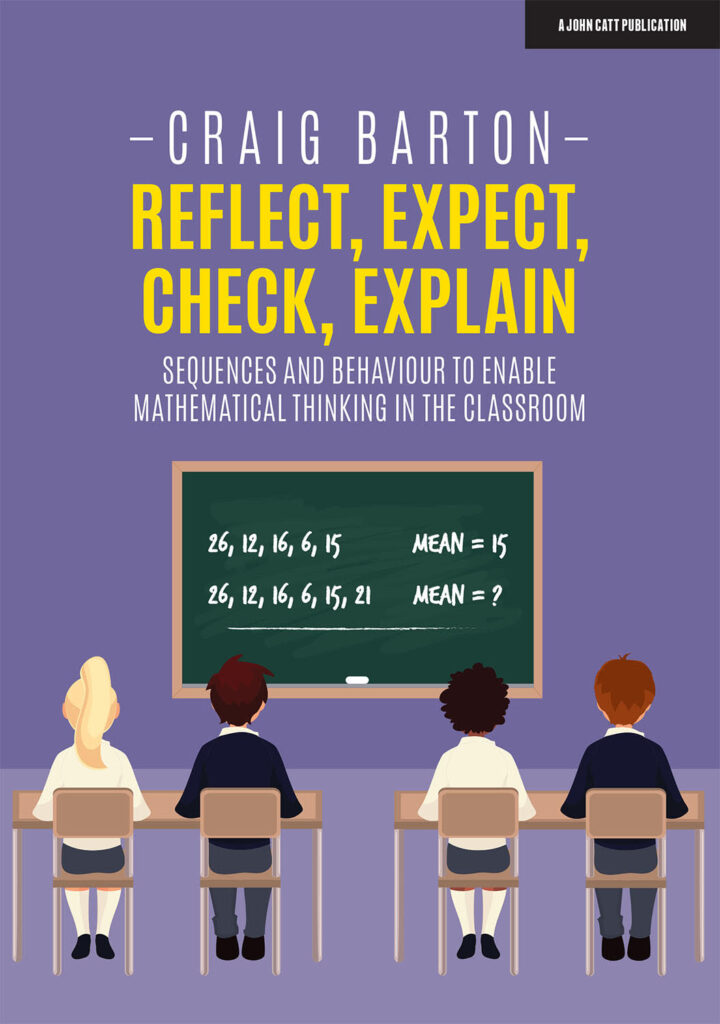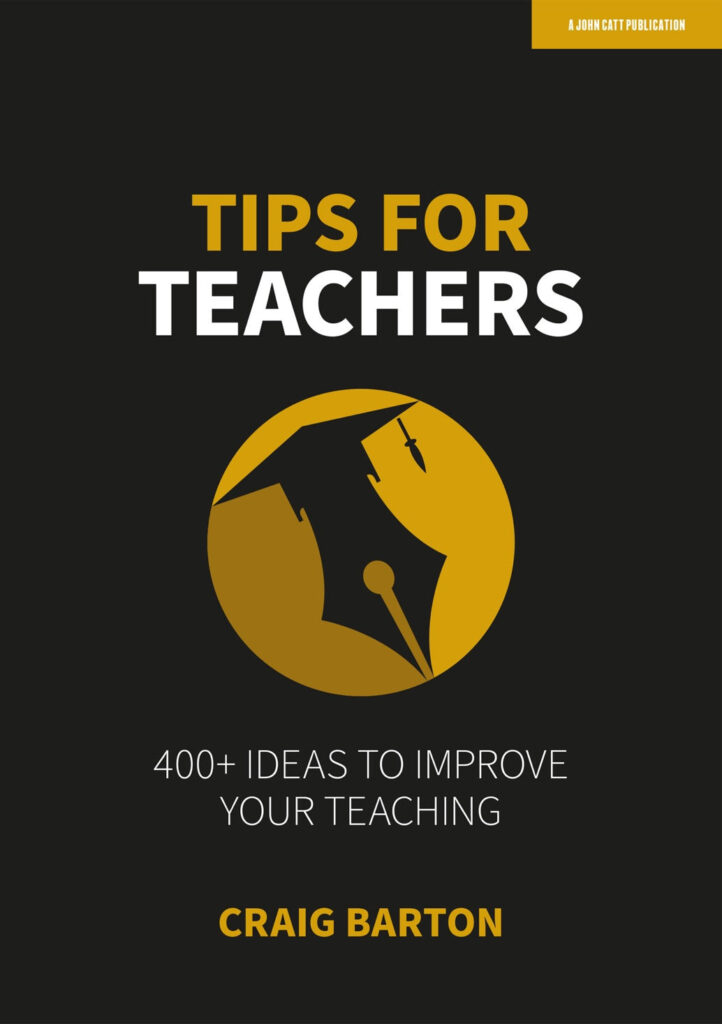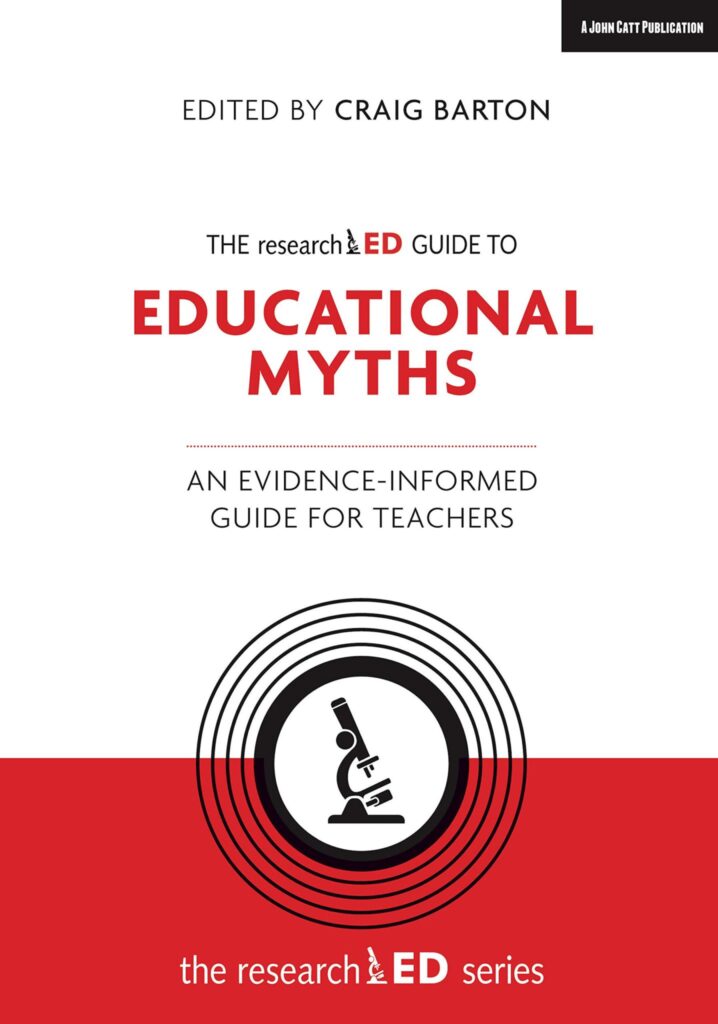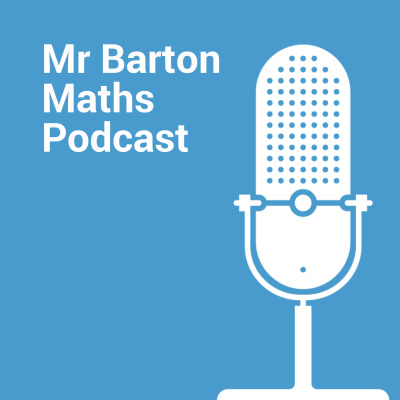Summary
This YouTube transcript details a classroom activity called “Just a Minute,” where students speak for one minute on a given topic. The activity aims to improve self-explanation, knowledge retrieval, and communication skills. The teacher adapts the activity’s difficulty and structure based on student needs and abilities, using it as both a formative assessment and a confidence-building exercise. Variations include using prompts, allowing notes, and adjusting the time limit. The teacher emphasizes the importance of responsive teaching and using the activity to reinforce learning, not just to gamify the classroom.
What are the implications for teachers?
The “Just a Minute” activity has several implications for teachers, including its use as a diagnostic tool, a method for encouraging student elaboration and retrieval, and a way to build student confidence. Teachers need to be aware of these implications and adapt the activity to best suit their students’ needs.
Here are some implications for teachers when implementing “Just a Minute”:
- Diagnostic Tool: Teachers can use the activity to gauge student understanding of a topic. By observing how long students can speak on a subject and the connections they make, teachers can identify gaps in knowledge and areas where students may need more support. Teachers can use the responses to inform their instruction and address any misconceptions. For example, if a student speaks for only 20 seconds on a topic, the teacher knows that student needs more help.
- Encouraging Elaboration and Retrieval: The activity challenges students to explain and connect their ideas verbally. Speaking for a minute requires students to elaborate on their thoughts, which is a real challenge for students who are not used to speaking for extended periods of time. The activity also encourages students to retrieve information from previous lessons.
- Confidence Building: “Just a Minute” can be used to build student confidence. Teachers can adapt the activity to accommodate different student needs and skill levels. This includes allowing students to use notes or flashcards, or to practice in pairs before speaking individually. It is important to be sensitive to students who may be anxious about speaking in front of the class, and to provide them with the support they need.
- Adaptation and Variation: Teachers should adapt the activity to fit their specific needs and context. There are many variations that teachers can use depending on their goals. For example, teachers can vary the amount of preparation time, allow or disallow notes, and choose whether or not to focus on avoiding repetitions or fillers. Teachers can also vary the way they select students to speak, for example, picking students of different skill levels, to understand how various students approach the task. It is important that the teachers are aware of the potential for students to focus on speaking time, rather than on the content.
- Time Management: The “Just a Minute” activity can be adapted to fit different time constraints. While having all students participate can take a long time, teachers can also select just two or three students to speak for a shorter activity. It’s important that teachers remain conscious of time constraints and use the activity purposefully.
- Follow-up: Teachers should follow up with students after the activity to help them reflect on their learning. This might involve asking students what they learned from the activity, what they could have done differently, and what they need to focus on for the next time. Teachers can also use student responses to identify key concepts and areas that require additional instruction.
Overall, “Just a Minute” is a versatile activity that teachers can adapt to suit various purposes and contexts. The activity’s focus on self-explanation, retrieval, reasoning, and elaboration makes it a valuable tool for promoting student learning. It also helps students develop important life skills such as the ability to connect and communicate ideas verbally.

